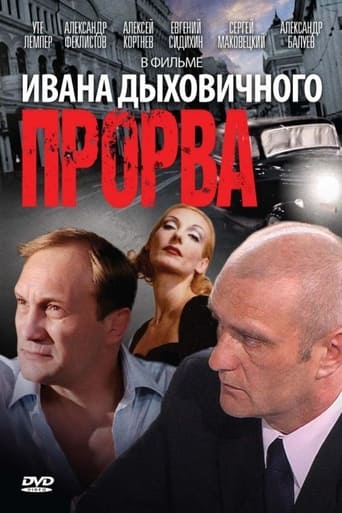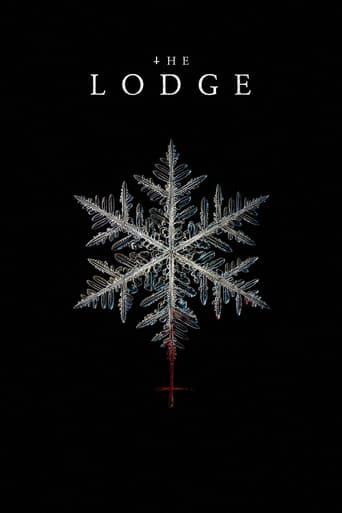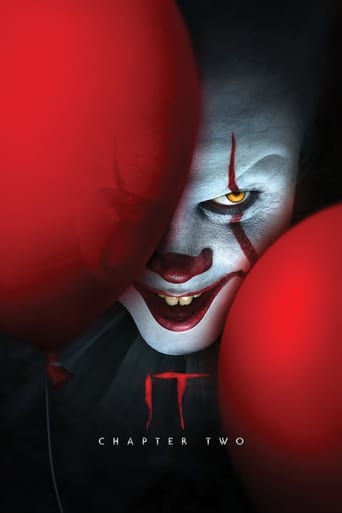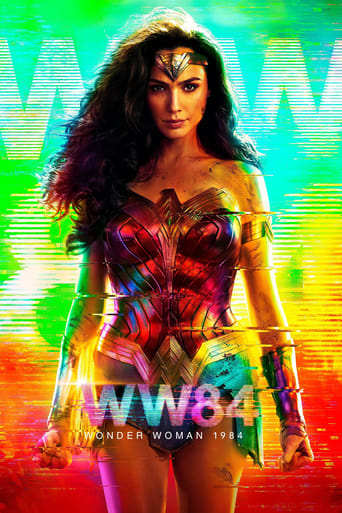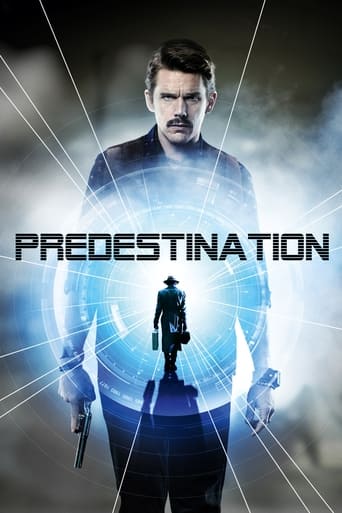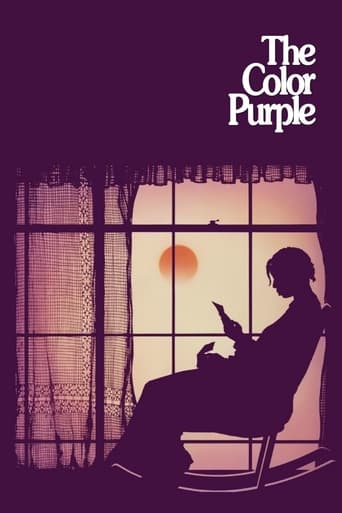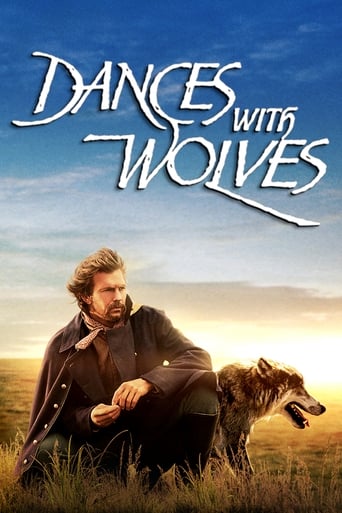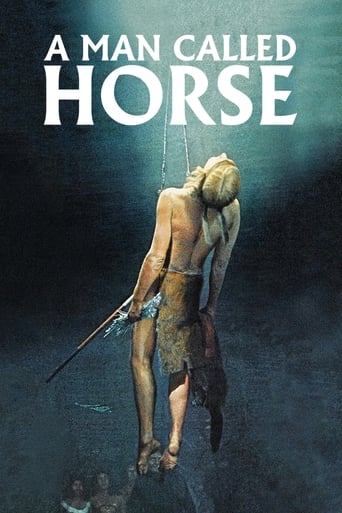


A Man Called Horse
In 1825, English peer Lord John Morgan is cast adrift in the American West. Captured by Sioux Indians, Morgan is at first targeted for quick extinction, but the tribesmen sense that he is worthy of survival. He eventually passes the many necessary tests that will permit him to become a member of the tribe.
-
- Cast:
- Richard Harris , Jean Gascon , Judith Anderson , Corinna Tsopei , Dub Taylor , James Gammon , William Jordan


Similar titles
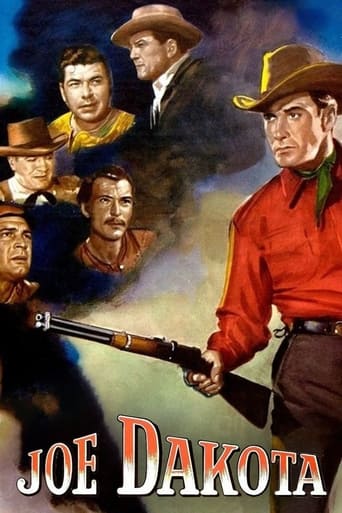


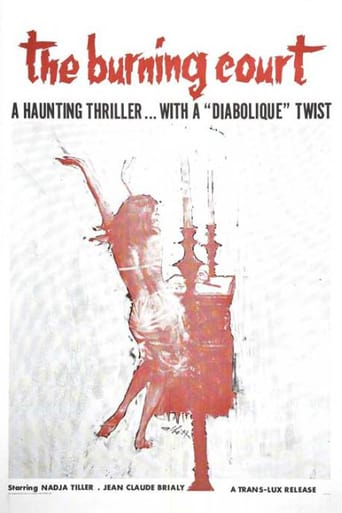

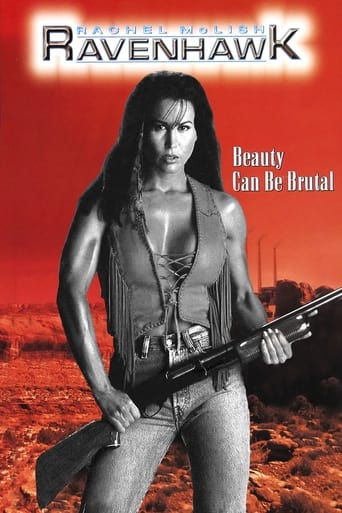
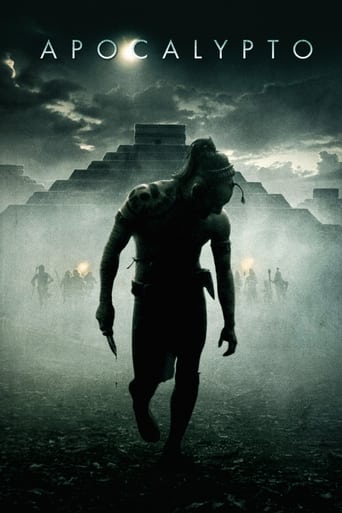
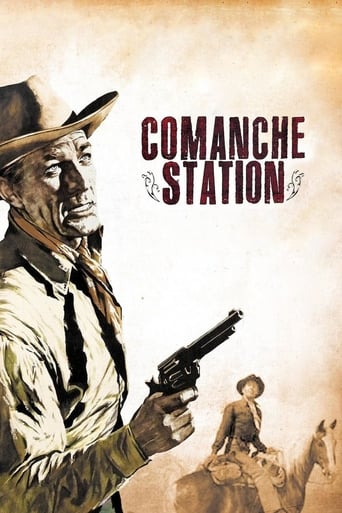
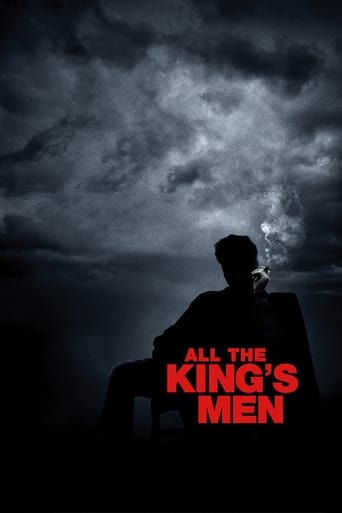
Reviews
Pretty Good
This is a coming of age storyline that you've seen in one form or another for decades. It takes a truly unique voice to make yet another one worth watching.
Blistering performances.
All of these films share one commonality, that being a kind of emotional center that humanizes a cast of monsters.
As a teacher I use Dorothy Johnson's short story (the basis for the script) as a piece of literature. I also show students most of this film, which amplifies a lot of the things that are only hinted at in Johnson's story--there is no substitute for actually seeing and hearing the chanting and drumming and dancing. In fact, simply the soundtrack, which in my estimation is about 90% drums or voice work, eschewing (until the last 20 minutes) the usual symphonic stuff, makes the film unique. The sheer intensity of the that piercing bone flute really does highlight how alien the culture and setting are to most viewers. So, as a piece of audio-visual enrichment, the movie does retain some cultural educational value, even if the entertainment aspect doesn't hold up against more modern films.We talk about the fact that the filmmakers did make an honest effort to portray what life might have been like in a Native village, from the location to the costumes, the attempts at language, the costumes, etc. It seems clear that somebody did do some background homework to try to make an authentic portrayal. It also seems clear that many actual historians (I am not) and people of Native descent, both of whose opinions I respect, find the film to be a mishmash of separate tribal practices that do not truly represent any one tribe. The love interest, Pretty Calf (called Running Deer in the film) is also obviously a European actress with manicured nails. Intentions do count for something, but well, not everything.That being said, it's certainly not any worse than the often low- budget stuff you'd find on the History Channel, though some of the effects (especially the ones involving violence) seem pretty fake and lame by the viewing standards of modern students. The Sun Vow ceremony does still hold up in the sense it gets strong reactions from students-- the make-up work and acting are such that it seems pretty realistic, much more so than any of the fight scenes.The DVD version I have includes all the things (largely nudity, and percentage-wise, mostly male nudity) that got the film an R-rating in 1970, so I do have to do a bit of fast-forwarding for my younger audience members, but there is nothing gratuitous about it, it is very tame by modern lights. The MPAA label says the R is for violence also, but there is way more, and more realistic violence in many current movies which only net a PG-13. I agree with other reviews that point out the double standards here.I would be remiss not to point out that the DVD print however is terrible, muddy and indistinct in many places, even for non-HD times. I have other DVDs of films from the era and none of them look this bad. If I hadn't worn out my VHS version I would still be using that.
"A Man Called Horse" is a very unusual film about the west for many reasons. It's NOT set during the usual 'glory days' when most films of the type were set (1866-1880). It had no cowboys. And, it had very little dialog in English.The film begins with a rich Englishman, John Morgan (Richard Harris), on a hunting expedition in the American West in the 1830s. He and his party are attacked by Sioux warriors and Morgan is taken prisoner by the natives. At first, he's treated like a slave and his life truly sucks. It didn't help that the only one who spoke any English in the tribe was another slave who was French...and the guy was a little nuts! Through the course of the film, however, Morgan learns to respect and even enjoy life with the Sioux and becomes an important member of the tribe. There is naturally much more to it than that but it's best you just see it for yourself.This movie is almost like an ethnographic portrait of the Sioux and the times instead of a typical western film. The usual sorts of clichés and expectations are mostly missing. Some will hate this--some will no doubt be relieved. All I know is that I enjoyed it and liked the more intimate and native-centered approach of the film. Well made all around...though the sun ceremony is NOT for the squeamish.
This is the story of Lord John Morgan, an honest earthy person who is captured by the Sioux in 1825. Abused and treated as an animal he comes to adapt to his life in order to survive. Enduring torture and oppression he must earn their respect in order to be accepted as part of their tribe.The white man as part of a Sioux tribe story was given a major shot in the arm with Kevin Costner's Oscar bagger, Dances With Wolves in 1990. This picture came out some twenty years before Costner's stylish picture but the two films couldn't be further apart in terms of story telling. Here in Elliot Silverstein's picture, the scenery and scope is certainly lush, but the niceties stop there for this is a harsh, at times painful, story with realism dripping from each frame. Silverstein wanted to get as close as he could to the facts of the Sioux way of life, even bringing in a Sioux historian to oversee the production.The Sioux are painted on both sides of the canvas, on one side we are shown them to be violent, even sadistic, but Silverstein also portrays them as an intelligent race driven on by intense loyalty to their ways and culture. Richard Harris plays our main protagonist and has a clear license to act with immense verve and vigour, it's a memorable turn that lingers long after the credits roll. Hurting the film is a twee romance between Morgan and the Chiefs daughter (Judith Anderson) and Jean Gascon's fluctuating accents start to grate entering the film's last quarter. But really the plus points far outweigh the little irritants in the piece. The editing from Philip W. Anderson & Michael Kahn is like a whirling paean to hallucinations, and some scenes are from the top draw, most notably the Vow To The Sun ritual that literally is painful to watch. A Man Called Horse may well be of its time, but it's certainly a very interesting and highly intelligent film. 7/10
The year is 1825 The story begins with a British aristocrat named John Morgan who finds himself captured by Sioux warriors At first he's mocked and treated like an animal and then he's dragged to their camp where he is given to work for an old squaw (Judith Anderson). Before too long the 'grand white gentleman' up with another captive Batise (Jean Gascon) whose family was all massacred five years ago by the Indians acts as translator for Morgan One day after killing two Shoshone Indians from another tribe and scalping one of them, John gains trust and respect from his captives thus paving the way to be soon a warrior, then a loving husband The film's centerpiece is the Sun Vow that Morgan must bear to prove his courage to withstand all tests of pain in order to gain the hand of Running Dear (Corinna Tsopei) sister of Chief Yellow Hand (Manu Tupou). As the English nobleman is white, he is considered weak and he'll give up in the moment of truth There are also other truly memorable moments in the film: how the Indian virgin prepares herself for marriagehow she takes her sweat bath to be pure; and the tragic events when an Indian mother loses and has no other son or man, how she cuts off her forefinger and when winter comes she dies from the freezing cold

